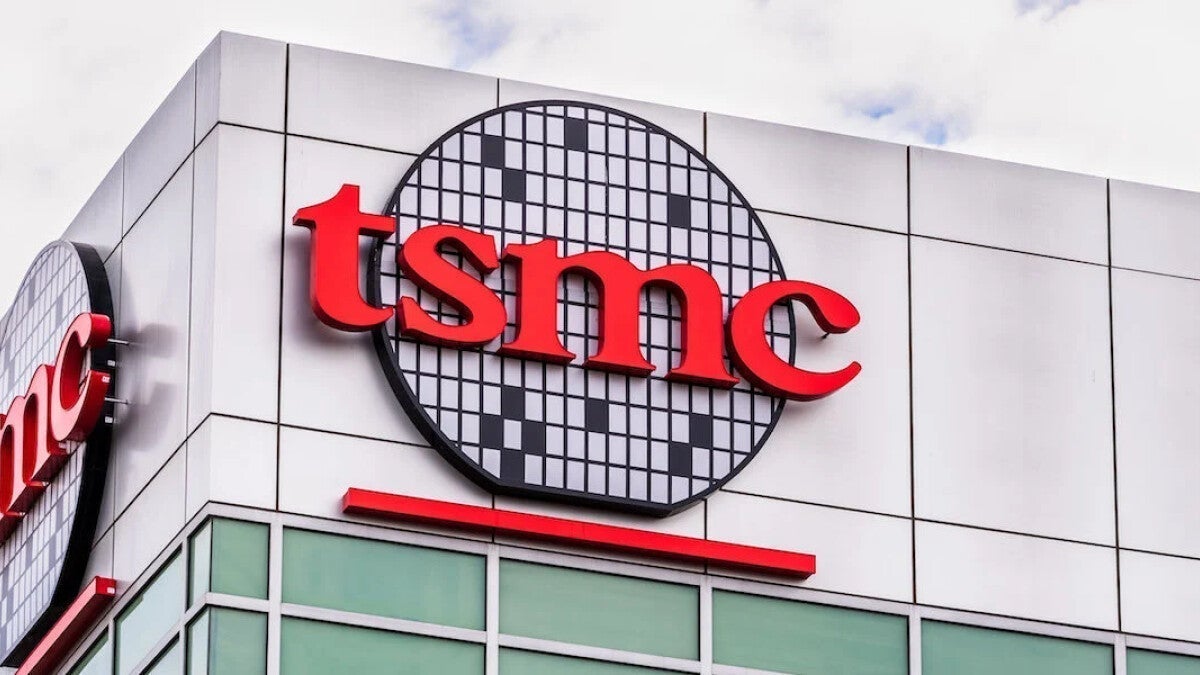TSMC’s 2nm yield shows why it dominates the industry and snags top-tier tech customers

Yields are a very important metric because they can determine the pricing of a chip and whether a chip is available or in short supply. Let’s reuse an example from last week. Let’s say two different bakeries are making chocolate chip cookies. Both are baking 100 cookies and TSMC (The Soft Melt in Your Mouth Cookie Company) is able to sell 60 cookies out of the 100 cookies they baked as 40 of them were cracked or crumbled. Sammy’s Cookies baked 100 cookies and only 40 were in a condition to be sold.
If both cookie companies hoped to generate $200 in sales, TSMC could sell each cookie for $3.33 ($200/60). Sammy’s Cookies would have to charge $5 per cookie to make $200 ($200/40). So you can see how important yield is when comes to the chip industry.
Samsung Foundry might have figured that being the first foundry to use Gate-All-Around (GAA) transistors would give them an advantage. These transistors use vertically stacked horizontal nanosheets to cover the channel on all four sides. This reduces current leaks and improves the drive current allowing chips using these transistors to deliver better performance and more energy efficiency.
Samsung Foundry started using GAA with its 3nm production last year but failed to capitalize on its head start and now TSMC will be using GAA for its 2nm production. Using GAA will improve the performance of TSMC’s chips by 10% to 15%, energy consumption will drop 25% to 30%, and transistor density will increase by 15%. All these improvements compare TSMC’s 2nm chips to its 3nm silicon. The Taiwan Economic Daily also says that TSMC’s 2nm yield has crossed over the line where the foundry can now engage in mass production of chips at the 2nm node.






